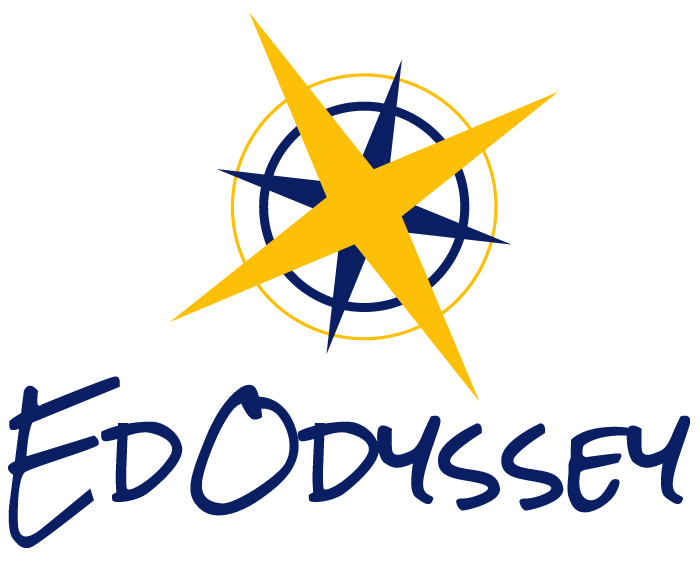Blog
Montreal's Uniqueness: A City Full of Food, Art and Accessibility
This city has its own personality that’s one-of-a-kind! Boasting with plenty of festivals, art, cuisine, and innovation, Montreal also has a sense of comradery and welcomingness! In the past, students and teachers have visited the iconic Notre-Dame Basilica and enjoyed learning how to prepare traditional Quebec cuisine with a local chef!
Balancing Your Travel Budget - Planning Ahead for Your Time Abroad
If you’re considering a study abroad experience, it doesn’t have to be exorbitant! It’s totally reasonable to have a great time, and be able to stick to a study abroad budget! The awesome part about traveling is that, no matter your budget, you can still see the world!
Eight Must-Have Applications When in China
We all use our smartphones daily and presumably this will be true if you travel to China as well. There are some applications on your smartphone that you will use frequently in China, and some that you will discover are actually a necessity. We get into routines and comfortable with applications’ functions, and I had an initial discomfort of learning a number of new apps, but later discovered their great value.
Peru's Recent History: A Story of Struggles and Growth
Through EdOdyssey, we want to show you that despite the country’s history of terrorism and continued corruption, there has been an advance in development that has helped neighborhoods grow and prosper.
Search previous blogs here.



